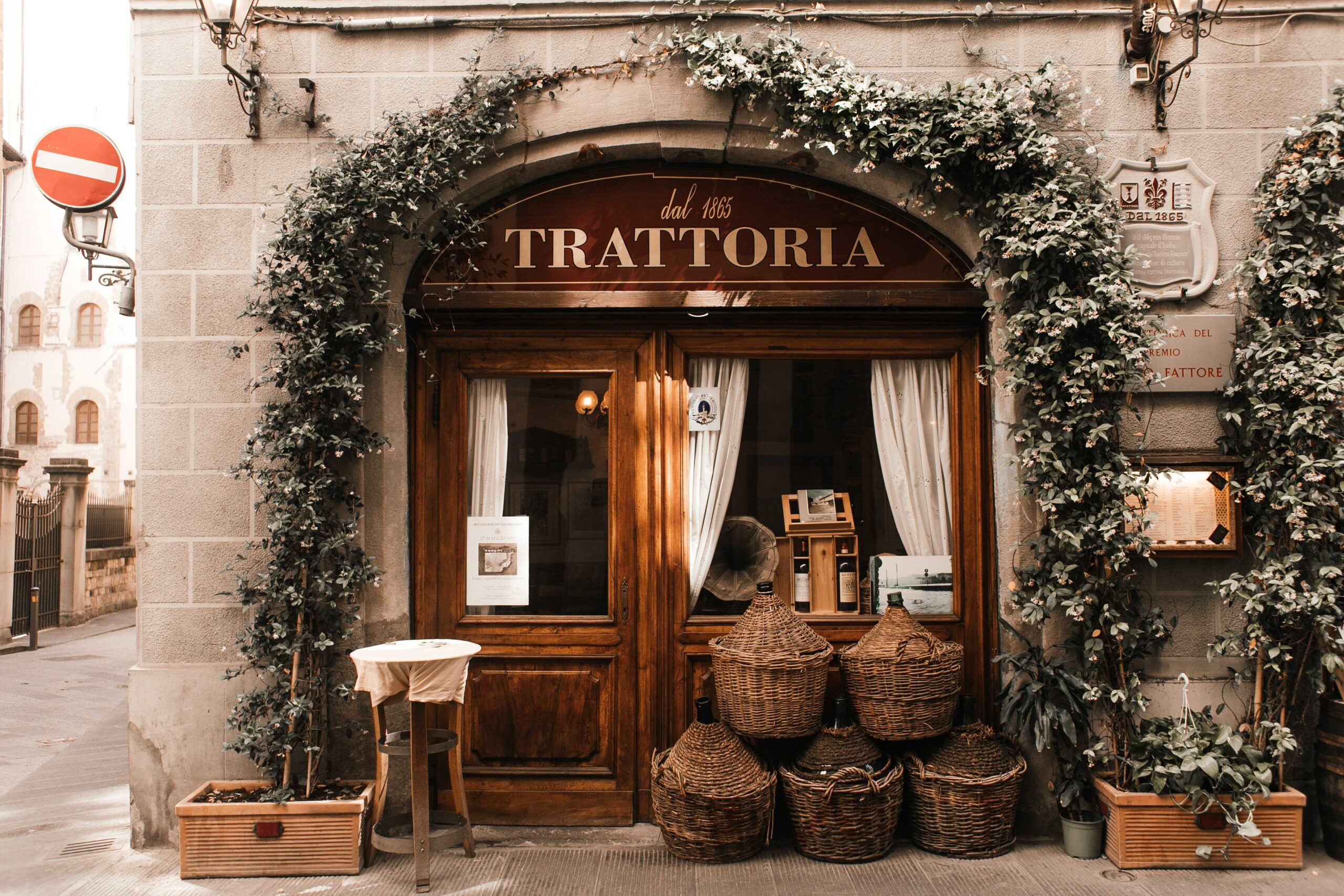Since Italian and Spanish share a close Latin origin, Italian speakers who communicate in italiano standard and Spanish speakers using castellano are able to chat and exchange ideas to some extent. However, when we consider words that sound alike in both languages but completely differ in meaning, a lot of amusing and certainly puzzling situations may arise.
Let’s take a look at some examples of words that pose quite a challenge, not only for Italians and Spaniards, but also for those who will soon be signing up for language courses all along with their sun-filled Mediterranean holidays in mind:

• tenere vs. tener
These two verbs conjugate in a very similar way (tengo, tieni, tiene in Italian vs. tengo, tienes, tiene in Spanish), so to a person who has just started with Duolingo, they look all the same!
Worse luck, this is where the first difference comes in: tenere in Italian corresponds to ‘to keep’, while in Spanish tener means ‘to have’. In turn, a Spanish grammatical construction tengo que + infinitive means ‘I have to’. Italians would say tengo che meaning ‘I care about that’.
• salita vs. salida
In Italian , the verb salire means ‘to ascend’ or ‘to go upstairs’, hence the word salita most commonly refers to a hill. From the Spanish perspective, the word salida means ‘exit’.
No wonder then that some Italian tourists wanting to walk up the winding staircase of the Sagrada Familía in Barcelona almost end up outside!
• sperare vs. esperar
Both these verbs mean ‘to hope’, but in Spanish, esperar also means ‘to wait’. Moreover, the Italian equivalent of the verb ‘to wait’ is aspettare.
• imbarazzata vs. embarazada
An Italian speaker would most commonly use the word imbarazzato/a to communicate their embarrassment. This may come out as a great surprise in Spanish-speaking countries, because there estoy embarazada means ‘I’m pregnant’.
• tenda vs. tienda
Tienda in Spanish means ‘shop’, while tenda in Italian stands for ‘a tent’. So, if a Spaniard goes on
a charming forest hike, he will set up a tienda de campaña as the sun sets.
These are just some examples of language traps Italian and Spanish speakers face. Language learners don’t have it much easier either —mastering the differences between Italian and Spanish can keep a polyglot awake at night!
(translation M.Z.)







